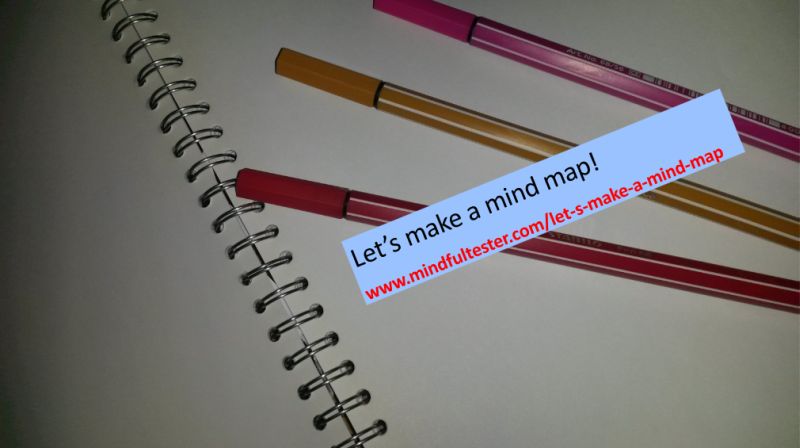On September 11 2012 I held a workshop about Mind mapping and Testing at 8:15 PM. TestNet, the Dutch Special Interest Group in Software Testing, was the organiser of the evening. The people in the room had worked a complete day, had dinner, and enjoyed an engaging introductory workshop about Mind Mapping by Ruud Rensink. It was time to start my workshop.
The Name Trick
After a minute in my workshop I showed my introduction sheet. “This year we had a summer with great sport events. I could ask you to mention a name of a player of the European soccer championship. Or a name of a player of the Olympic Games. Or a name of a player of the Paralympics. ” People started shifting in their chairs. Probably looking for names and ready to put their hand in the air.
“A few years ago the World Championship Table Tennis took place in Rotterdam. Do you know a name of a player?” People let their shoulders hang. Then a member of the audience said: “Erik van Veenendaal.” I continued with “Who does know Erik van Veenendaal? ” 70% of people raised their hands. The remaining people looking puzzled, probably thinking: “Erik Who?”
“Erik van Veenendaal and I were in the Belgium and Netherlands Testing Qualifications Board.” My red laser point was on the board name, which was shown on the screen. “Erik van Veenendaal said: “We have to write a letter. Let’s make a mind map.” Meile Posthuma and Rik Marselis were requested to make one.” In the back of the room Rik sat straight up after hearing his name. “I saw the mind map and it was interesting. That’s why I bought this book.”, while showing a book of Tony Buzan.
Breakdown
On LinkedIn I was linked with Erik van Veenendaal. A few years earlier I got the surprising update, that he was participating in the Table Tennis World Championship. This was so strange, that I still remembered it.
In the Dutch Test community Erik van Veenendaal played an important role. He is an author of several books about testing, which are used by Dutch testers.
Tips
- Get on social media.
- Follow people, who are influential in testing.


